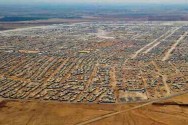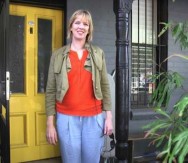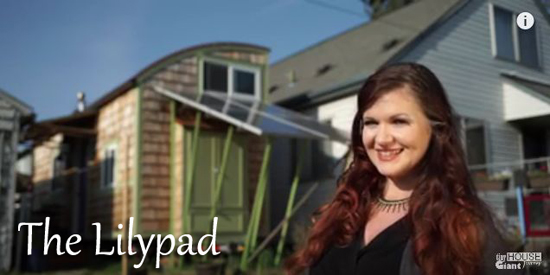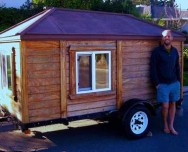
Cutting your Carbon Footprint
Suppose you believe that man-made Carbon emissions are bad for the planet. What do you do about it? Some eminent experts say that individuals can do little or nothing to reduce global pollution and its all down to governments and giant corporations.
Others say that you have to start somewhere, and if the corporations and busybody Governments won’t act, we the people can shame them.
Our view is somewhere in between – its sensible to reduce consumption especially for those of us in Western society who have been over-consuming for decades.
Here is a handy guide to what you can do. It happens to overlap neatly with many of the things people do when they live off-grid – in order to save both money and resources.
Fly less:
Flights account for an eighth of all transport carbon emissions. Trains and phone/web calls are less intensive alternatives.
Drive less and better:
Use fuel-efficient modern cars, share and drive in a higher gear. Public transport is better and walking best of all — including for health.
Eat less meat:
The shift from animal to plant-based protein reduces energy required to produce food, reduces methane emissions from livestock — and is healthier.
Waste less food:
A third of food globally is wasted, or 1.3bn tonnes a year. Freeze food nearing expiry, don’t cook too much and use leftovers.
Keep clothes longer:
Wash clothes less often and at lower temperatures to extend their life; sell or donate them when no longer wanted.
Buy fewer things: Electrical goods use energy, but products also have a significant “embodied” carbon impact from their manufacture and transport. Cut down, buy longer-lasting products and resell or donate after use.
Recycle more: Throwing out means the need for replacement production; and waste in landfills produces methane emissions. Rinse, separate and recycle.
Use less water:
Shower for a shorter time, wash up in a bowl not with a running tap, use economy settings in washing machines, steam cook.
Use less heat: Save money and waste by setting thermostats at 18-21C and turned off when out; use insulation; install solar panels.
Use less power: Use LED bulbs; turn off lights and standby on devices when not in use; don’t heat more water in a kettle than needed; limit air-conditioning.
Auto Amazon Links: No products found.







